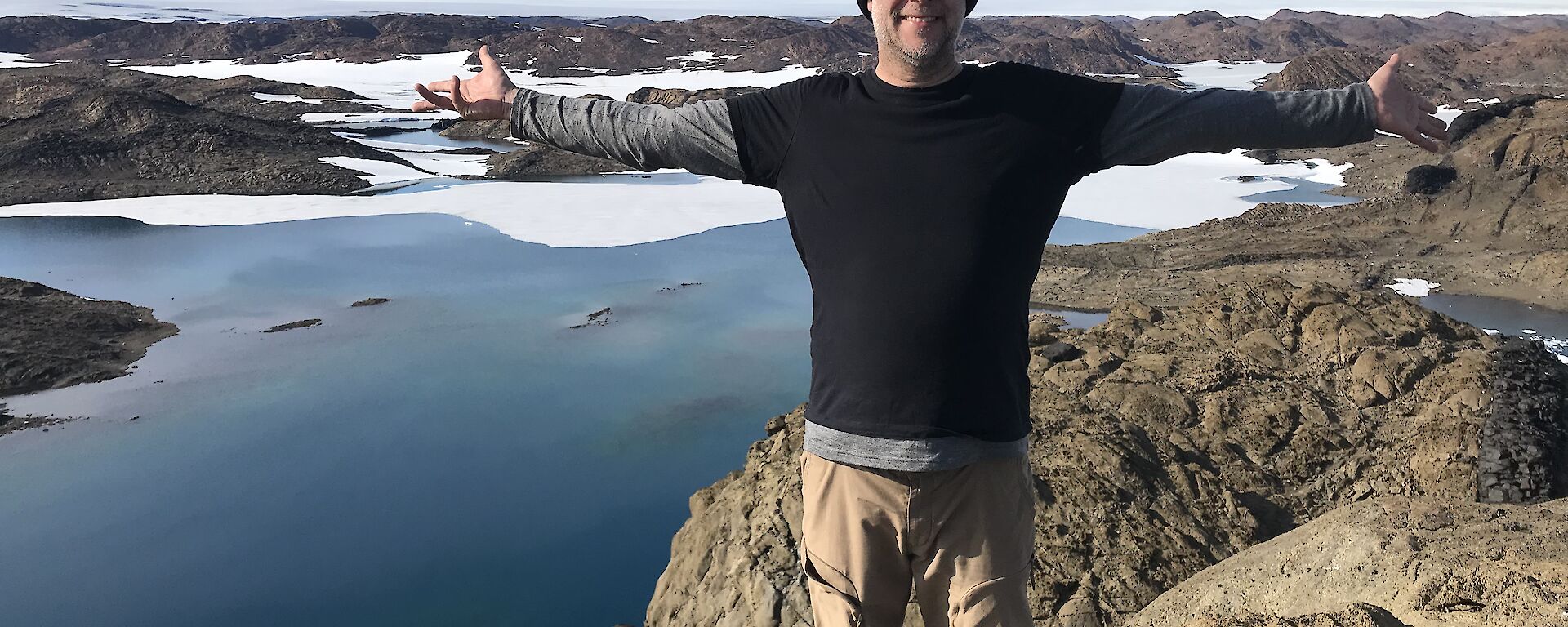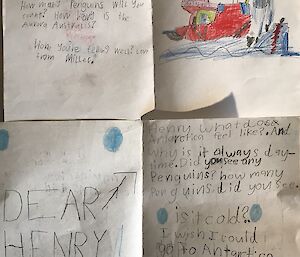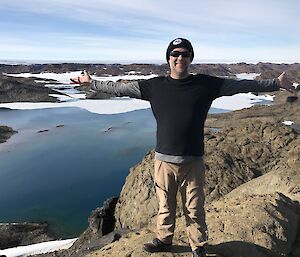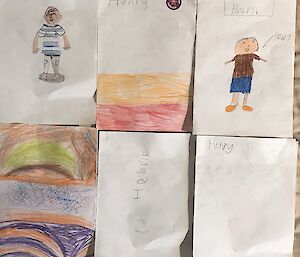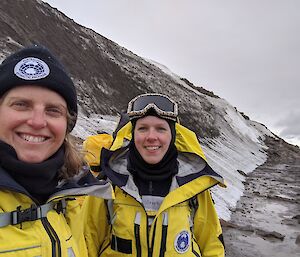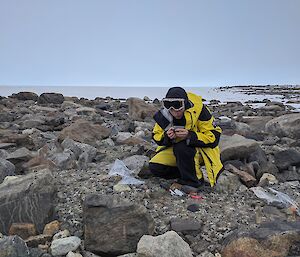I’m one of the three chefs here at Davis station this summer. This is my first time down south and it’s been an absolute blast to say the least.
Our kitchen here is a commercial setup, made unique by the involvement of the whole community who always are there to help and show a keen interest in the processes we use with lots of questions as to why, how and what. Naturally, this leads them to be involved in some of the cooking which I really enjoy because it enables me to pass on skills and knowledge to others. The community feel and its involvement in the kitchen has been a first time experience and I've enjoyed that aspect very much.
I’ve also had the opportunity to assist scientists on field trips collecting samples, surveying seals and looking for moss. The field trips are an amazing opportunity to experience the real Antarctica. My best experience was 3-day recreational trip starting with a night at Platcha Hut, in the shadow of the vast the ice plateau, then embarking on a 20km walk to Brookes Hut over Stalker Hill, one of the bigger “mountains” around here. We slept at Brookes Hut and walked back to station the next morning. I was very tired as the terrain here is so rocky with many knee-high snow patches, demanding caution from every step.
Back in November I also walked across the sea ice to Gardner Island and saw my first penguin colony. I was surprised how inquisitive the Adélie penguins were at our presence. There are many more stories to share from my time in Antarctica but the memories and friendships I’ve made here will always be with me and will always remind me of how lucky I’m to have experienced this. I hope that one day I’ll get the opportunity to come here again.
In my final few weeks here, I’m planning a presentation of my trip for my partner, Miss Tam Burnett’s class at Thornlands State School, Brisbane. They've been following my journey down here and recently sent me some beautiful cards, one of which is shown below.
Henrik Mortensen

